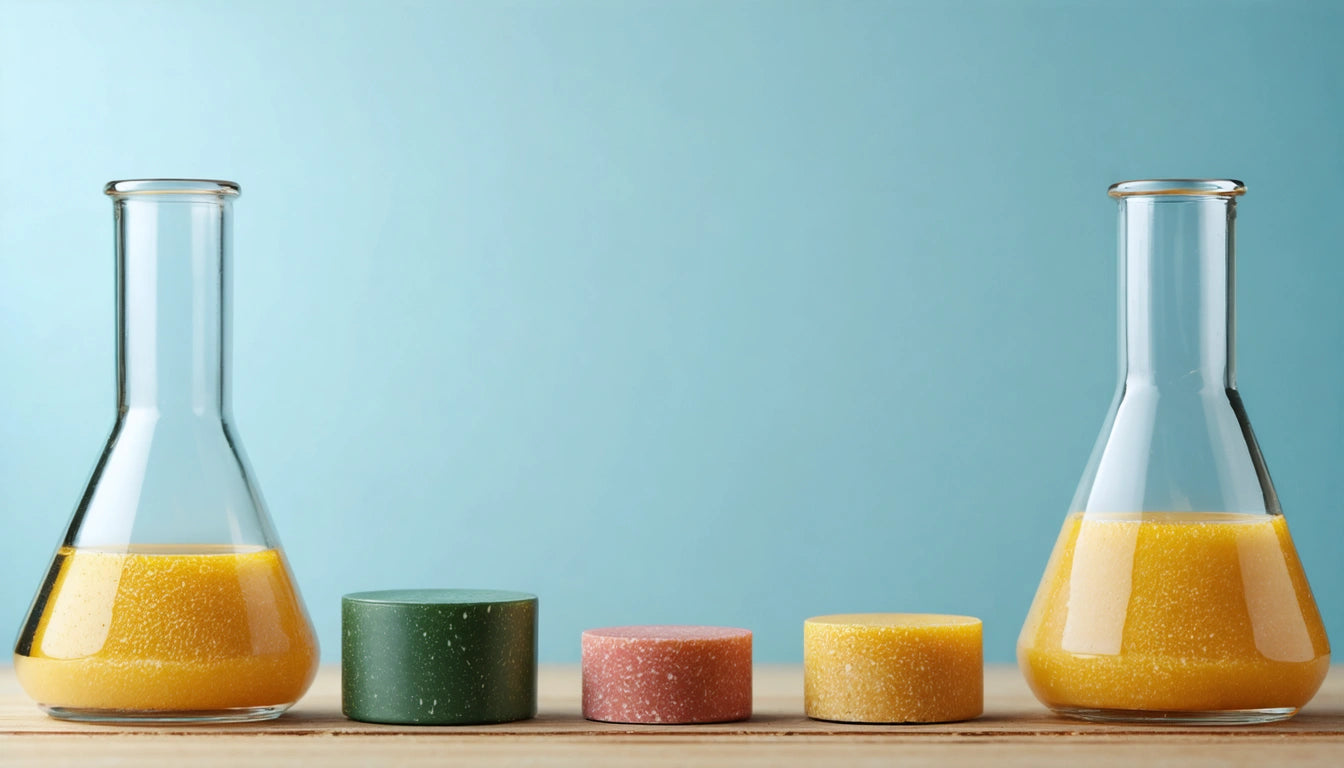Understanding THC-P: Potency, Differences, and Comparisons with Other THC Variants
The cannabis industry continues to evolve with the discovery and development of new cannabinoids. Among these emerging compounds, THC-P (tetrahydrocannabiphorol) has garnered significant attention for its exceptional potency and unique effects. This comprehensive guide explores what THC-P is, how it compares to other cannabinoids, and what consumers should know about this powerful compound.
What is THC-P? Introduction to a Potent Cannabinoid
THC-P is a naturally occurring phytocannabinoid first identified by Italian researchers in 2019. Unlike more common cannabinoids, THC-P features a longer alkyl side chain with seven carbon atoms, compared to the five found in traditional delta-9 THC. This structural difference significantly impacts how THC-P interacts with the body's endocannabinoid system, particularly the CB1 receptors responsible for psychoactive effects.
The extended alkyl chain allows THC-P to bind more effectively to cannabinoid receptors, creating a stronger connection that results in heightened potency. This molecular structure is key to understanding why THC-P produces such powerful effects compared to other cannabinoids in the THC family.
Potency Comparison: How Strong is THC-P?
When consumers ask "how strong is THC-P," the answer is striking. Research suggests that THC-P may be 5-33 times more potent than traditional delta-9 THC, making it potentially the most potent naturally occurring cannabinoid discovered to date. This extraordinary potency means that even small amounts can produce significant effects.
This heightened strength has important implications for dosing and consumption. Users familiar with other cannabis products should approach THC-P with caution, starting with minimal amounts to gauge individual sensitivity. The potency factor also makes THC-P particularly interesting for pre-roll products that require precise dosing and consistent effects, as even minimal amounts can deliver noticeable results.
THC-P vs Other Variants: Key Differences
Understanding how THC-P compares to other cannabinoids helps contextualize its unique properties and potential applications. Let's examine the key differences between THC-P and other common THC variants.
THC-P vs Delta-9 THC
While both compounds interact with the same receptors, THC-P's binding affinity far exceeds that of delta-9 THC. This translates to more intense and potentially longer-lasting effects from smaller amounts. Delta-9 THC remains the standard reference point for cannabis potency, but THC-P represents a significant evolution in our understanding of cannabinoid strength.
THC-P vs THC-A
THC-A (tetrahydrocannabinolic acid) is the precursor to delta-9 THC and is non-intoxicating in its raw form. The comparison between THC-A vs THC-P highlights fundamentally different compounds at different stages of the cannabis lifecycle. While THC-A converts to THC through decarboxylation (heating), THC-P exists as a distinct molecule with its own chemical properties and effects profile.
THC-P vs THC-O
The THC-O vs THC-P comparison reveals interesting contrasts. THC-O (THC-O acetate) is a semi-synthetic cannabinoid known for its delayed onset and potentially psychedelic effects. While both are exceptionally potent, THC-P is naturally occurring, whereas THC-O requires chemical modification. THC-P typically has a faster onset than THC-O but may not produce the same psychedelic-like experiences at higher doses.
Effects and Experience: What Does THC-P Do?
What does THC-P do in terms of effects? Users report intense and multifaceted experiences that often include:
- Powerful euphoria and mood elevation
- Intense physical relaxation and sedation at higher doses
- Enhanced sensory perception
- Potential therapeutic effects including pain relief and anti-inflammatory properties
- Longer duration of effects compared to traditional THC
The heightened potency means that effects can be felt even with minimal consumption, making THC-P potentially valuable for medical applications where strong effects are needed from small doses. However, this same potency means recreational users should exercise caution to avoid overwhelming experiences.
As with other THC compounds, individual responses to THC-P can vary significantly based on factors like body chemistry, tolerance, and consumption method.
Legal Status and Availability of THC-P Products
The legal landscape surrounding THC-P remains complex and evolving. Unlike delta-9 THC, which is specifically scheduled under federal law, THC-P exists in something of a gray area in many jurisdictions. Some manufacturers have begun incorporating THC-P into products in states with permissive cannabis laws or under the same ambiguous regulatory framework that has allowed delta-8 THC products to proliferate.
Products containing THC-P are emerging in various forms, including:
- Vape cartridges and disposables
- Edibles with precisely measured amounts
- Tinctures and oils
- Specialized flower products infused with THC-P
Consumers should be aware that quality and consistency can vary significantly between manufacturers, and third-party testing becomes especially important when dealing with such a potent compound.
The Future of THC-P in Cannabis Innovation
As research into THC-P continues to develop, this potent cannabinoid is likely to play an increasingly important role in both recreational and medicinal cannabis markets. Its exceptional binding affinity suggests potential therapeutic applications at doses far lower than required with traditional THC, potentially reducing unwanted side effects while maintaining efficacy.
For product developers and brands, THC-P represents an opportunity to create novel experiences and specialized formulations. The extreme potency allows for micro-dosed products that still deliver substantial effects, opening new possibilities for discreet, controlled consumption options.
Understanding what THC-P is and how it differs from other cannabinoids like THC-A and delta-9 THC will become increasingly important as this compound makes its way into more mainstream cannabis products. As with all emerging cannabinoids, responsible use, proper education, and quality control will be essential to harnessing the unique properties of THC-P while minimizing potential risks.











Leave a comment
All comments are moderated before being published.
This site is protected by hCaptcha and the hCaptcha Privacy Policy and Terms of Service apply.